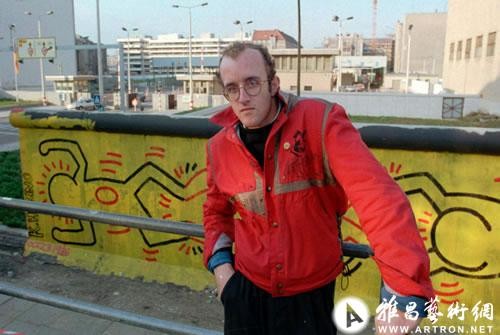
Auschwitz prisoner and photographer Wilhelm Brasse dies at 95 in southern Poland
2012-10-26 08:37:03 未知

This photograph provided by the State Museum Auschwitz-Birkenau in Poland shows the identity photographs of an Auschwitz inmate, a part of the Nazi German effort to document their activities at the camp. Among those who took such pictures was Wilhelm Brasse, a Polish inmate who was put to work taking such photos because he was a professional photographer before the war. Brasse died Tuesday, Oct. 23, 2012 at the age of 95. AP Photo/Auschwitz Museum, File.
The images are haunting: naked and emaciated children at Auschwitz standing shoulder-to-shoulder, adult prisoners in striped garb posing for police-style mug shots.
One of several photographers to capture such images, Wilhelm Brasse, has died at the age of 95. A Polish photographer who was arrested and sent to Auschwitz early in World War II, he was put to work documenting his fellow prisoners, an emotionally devastating task that tormented him long after his liberation.
Jaroslaw Mensfelt, a spokesman at the Auschwitz-Birkenau state museum, said that Brasse died on Tuesday in Zywiec, a town in southern Poland.
Brasse, who was born in 1917 and was not Jewish, was sent to Auschwitz at 22 as a political prisoner for trying to sneak out of German-occupied Poland in the spring of 1940. Because he had worked before the war in a photography studio in Katowice, in southern Poland, he was put to work in the camp's photography and identification department.
The job helped to save his life, enabling him to get better treatment and food than many others. Because he worked with the SS, the elite Nazi force, he was also kept cleaner "so as not to offend the SS men," he recalled in an Associated Press interview in 2006.
After the war, he had nightmares for years of the Nazi victims he was forced to photograph. Among them were emaciated Jewish girls who were about to undergo cruel medical experiments under the infamous Dr. Josef Mengele.
"I didn't return to my profession, because those Jewish kids, and the naked Jewish girls, constantly flashed before my eyes," he said. "Even more so because I knew that later, after taking their pictures, they would just go to the gas."
In the AP interview, Brasse said believed he took about 40,000 to 50,000 of the identity photographs that the Nazis used to register their prisoners — part of the Nazi obsession with documenting their work. These pictures are among some of the notorious images associated with the camp.
Brasse was not alone in documenting prisoners. Mensfelt said there were other photographers as well and that an estimated 200,000 such pictures were probably taken. Most were destroyed.
Now it's difficult to say which of the surviving photos were Brasses's because they generally did not carry the photographer's name. Some he remembered and was able to identify later.
At the war's end, with the Soviet army about to liberate Auschwitz, the Germans ordered the photos destroyed. Brasse and others refused the order and managed to save about 40,000 of them.
Though Brasse early on in his captivity was the only professional photographer in the SS documentation office, eventually some other prisoners took over taking ID photos. Brasse was given new assignments, including taking the pictures of prisoner tattoos and pictures for Mengele.
Mengele ordered pictures of various prisoners he planned to perform his experiments on, including Jewish twins, dwarfs, stunted people and people with noma, a disease common in the malnourished that can result in the loss of flesh.
"I had to take close-ups. He said sometimes you will be able to see the whole bone of the jaw, and that I have to do close-ups of it. I did the close-ups, in harsh light, and you could see to the bone," Brasse said. "Later, my boss called me in, and Dr. Mengele expressed his happiness with the pictures I'd taken, that I'd taken them just as he had needed them to be done."
Brasse said he never had the right to refuse what Mengele or the other Germans demanded.
"It was an order, and prisoners didn't have the right to disagree. I couldn't say 'I won't do that,'" he recalled in 2006. "I only listened to what I had to do and because I didn't harm anyone by what I was doing, I tried to address them politely."
(责任编辑:刘正花)
注:本站上发表的所有内容,均为原作者的观点,不代表雅昌艺术网的立场,也不代表雅昌艺术网的价值判断。
 阿拉里奥画廊上海转型:为何要成为策展式艺术商业综合体?
阿拉里奥画廊上海转型:为何要成为策展式艺术商业综合体? 吕晓:北京画院两个中心十年 跨学科带来齐白石研究新突破
吕晓:北京画院两个中心十年 跨学科带来齐白石研究新突破 OCAT上海馆:参与构建上海艺术生态的十年
OCAT上海馆:参与构建上海艺术生态的十年 一级文物逾半数!部分仅展20天!辽博秋季大展聚焦古代文人的园中雅趣
一级文物逾半数!部分仅展20天!辽博秋季大展聚焦古代文人的园中雅趣
全部评论 (0)